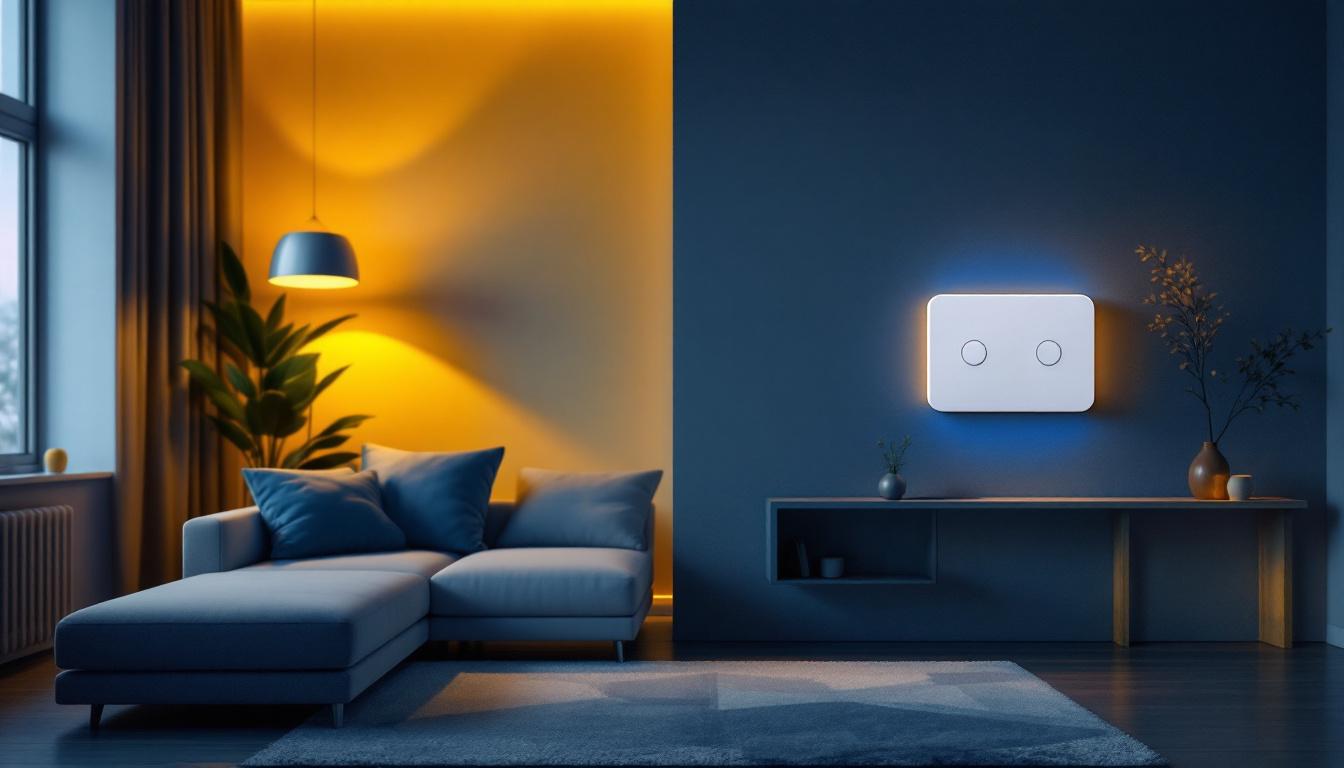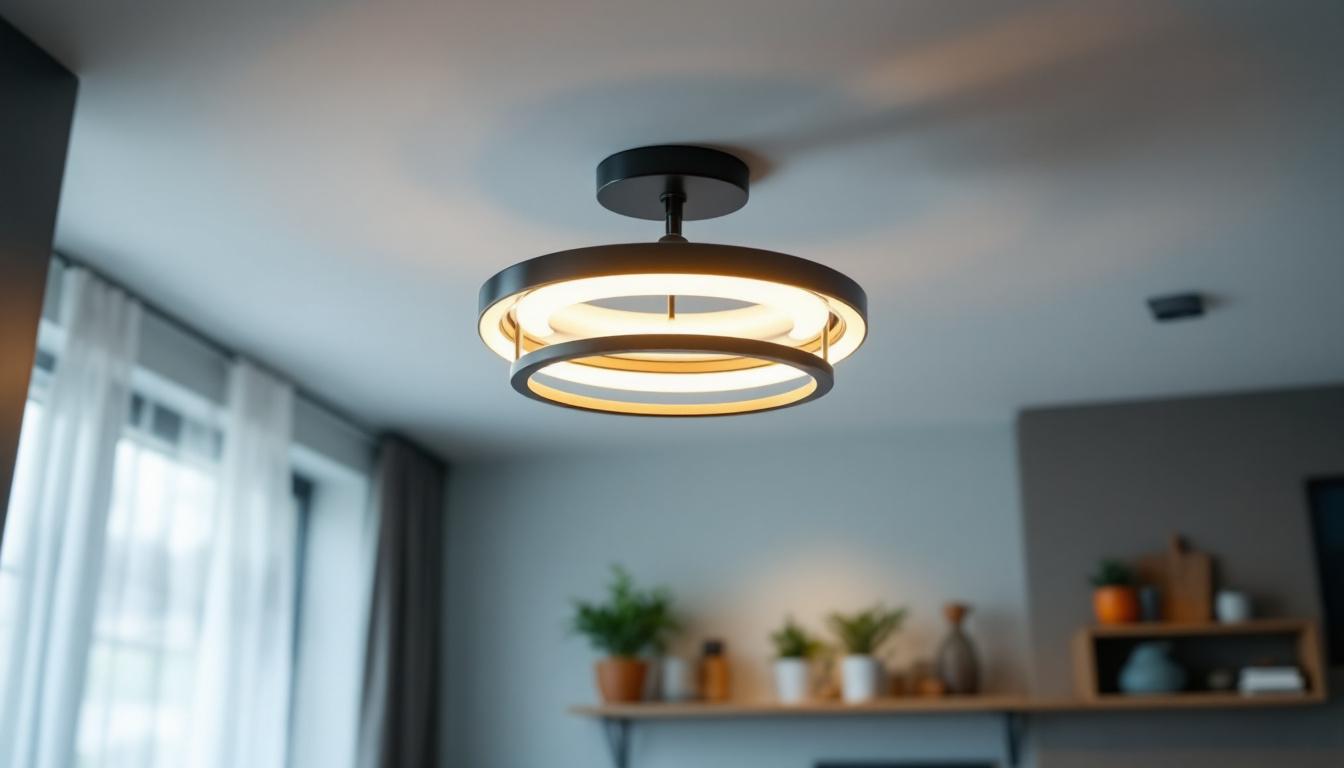
As the demand for energy-efficient lighting solutions continues to rise, the use of dimmable LED switches with remote controls has become increasingly popular among homeowners and contractors alike. These devices not only enhance the ambiance of a space but also contribute to energy savings. However, improper installation or selection can lead to costly mistakes that may affect both functionality and aesthetics. This article aims to guide lighting contractors through the essential considerations when working with dimmable LED switches, helping to ensure successful lighting projects.
Dimmable LED technology has evolved significantly over the years, offering a wide range of options for lighting applications. Unlike traditional incandescent bulbs, which can be easily dimmed, LEDs require specific dimming capabilities to function correctly. Understanding the underlying technology is crucial for contractors to avoid common pitfalls.
There are various types of dimmable LED bulbs available on the market, including standard dimmable LEDs, warm dimming LEDs, and tunable white LEDs. Each type offers unique features that cater to different lighting needs. For instance, warm dimming LEDs mimic the warm glow of incandescent bulbs when dimmed, creating a cozy atmosphere. This feature is particularly popular in residential settings, where homeowners seek to replicate the inviting ambiance of traditional lighting while enjoying the energy efficiency of LEDs.
Contractors should familiarize themselves with these options to recommend the best solutions for their clients. Understanding the differences can also help in selecting compatible dimmers and switches, ensuring optimal performance. Furthermore, some advanced LED options, like color-changing LEDs, allow users to adjust not just brightness but also the color temperature, providing even more flexibility in creating the desired mood for various occasions, from bright task lighting to soft, relaxing illumination.
One of the most common mistakes contractors make is assuming that all dimmable LEDs are compatible with any dimmer switch. This is not the case. Dimmable LEDs require specific dimmers designed to handle their unique electrical characteristics. Using an incompatible dimmer can lead to flickering, buzzing, or even damage to the LED bulbs. Additionally, the performance of the dimming function can vary significantly between different dimmers, with some providing a smoother dimming range than others.
Before purchasing dimmers, it is essential to check the manufacturer’s specifications for both the LED bulbs and the dimmer switch. This will help ensure compatibility and prevent potential issues during installation. Moreover, it is beneficial for contractors to stay updated on the latest advancements in dimmer technology, such as smart dimmers that can be controlled via smartphone apps or voice commands. These modern solutions not only enhance user convenience but also open up new possibilities for energy savings and integrated home automation systems, making them an attractive option for tech-savvy clients.
Selecting the appropriate dimmable LED switch is critical for achieving the desired lighting effect. With a variety of options available, contractors must consider several factors to make an informed decision.
Remote-controlled dimmable LED switches offer convenience and flexibility, allowing users to adjust lighting levels from a distance. When choosing a remote control, consider features such as range, ease of use, and additional functionalities like preset lighting scenes or timers.
Contractors should also ensure that the remote control is compatible with the chosen dimmable LED switch. Some systems may require specific pairing processes, which can be a source of confusion for end-users if not clearly communicated.
Moreover, many modern remote controls come with smartphone app integration, enabling users to control their lighting from their mobile devices. This feature not only enhances user experience but also allows for more sophisticated control options, such as scheduling lights to dim at specific times or adjusting brightness based on the time of day. This level of customization can greatly enhance the ambiance of a space, making it more inviting and functional.
Proper installation is crucial for the functionality of dimmable LED switches. Contractors should follow the manufacturer’s installation guidelines carefully, paying attention to wiring configurations and load capacities. Overloading a switch can lead to overheating and failure, resulting in costly repairs.
Additionally, consider the placement of the switch and remote control. Ensure that the remote control has a clear line of sight to the switch for optimal performance. If the installation involves multiple switches, it may be beneficial to use a system that allows for centralized control.
Furthermore, it’s important to assess the existing electrical infrastructure before installation. Older homes may have wiring that is not compatible with newer LED technology, which could necessitate upgrades to the electrical system. Contractors should also be aware of local building codes and regulations regarding electrical installations, as compliance is essential for safety and legality. By addressing these factors upfront, contractors can prevent potential issues and ensure a smooth installation process that meets the client’s expectations.
Even experienced lighting contractors can make mistakes that lead to dissatisfaction among clients. By being aware of common pitfalls, contractors can take proactive measures to avoid them.
One of the most significant mistakes is underestimating the lighting needs of a space. Factors such as room size, color schemes, and intended use should all be considered when designing a lighting plan. A well-lit space enhances functionality and aesthetics, while inadequate lighting can lead to frustration and dissatisfaction.
Contractors should conduct thorough assessments of each space, taking into account the preferences of the client. This may involve discussing the desired ambiance and any specific tasks that will be performed in the area. For instance, a kitchen requires bright, focused lighting for cooking and food preparation, while a living room may benefit from softer, ambient lighting to create a cozy atmosphere. Additionally, understanding the natural light available in a space can help contractors determine how to best complement it with artificial lighting, ensuring that the overall design is harmonious and functional.
With the growing emphasis on sustainability, energy efficiency should be a top priority in any lighting project. While LED technology is inherently more energy-efficient than traditional options, not all dimmable LED switches are created equal. Some may consume more energy than others, especially if they are not designed for compatibility with LED technology.
Contractors should prioritize energy-efficient products and educate clients on the long-term savings associated with these choices. Highlighting the benefits of energy-efficient lighting can also enhance the contractor’s reputation as a knowledgeable and responsible professional. Furthermore, incorporating smart lighting systems can provide clients with additional control over their energy usage. These systems allow users to schedule lighting based on their routines, adjust brightness levels remotely, and even integrate with home automation systems for enhanced convenience and efficiency. By staying informed about the latest advancements in lighting technology, contractors can offer innovative solutions that not only meet client needs but also contribute to a more sustainable future.
Once the installation is complete, testing the dimmable LED switches is essential to ensure everything functions as intended. This step can help identify any potential issues before the project is finalized. Proper testing not only guarantees that the system is operational but also reinforces the quality of the installation, giving clients peace of mind.
After installation, contractors should conduct performance tests to check for flickering, buzzing, or any irregularities in dimming. These tests should be performed in various lighting conditions to ensure that the system operates smoothly under all circumstances. It is also beneficial to test the dimmer at different brightness levels, as this can reveal any inconsistencies in performance that might not be apparent at a single setting.
If any issues arise during testing, it is crucial to troubleshoot promptly. This may involve checking the compatibility of the dimmer and LED bulbs, ensuring proper wiring, or consulting manufacturer guidelines for specific troubleshooting steps. Additionally, it may be helpful to document any problems encountered and the solutions applied, creating a reference for future installations or for other contractors facing similar challenges.
Once the installation is complete and the system is functioning correctly, educating clients on how to use their new dimmable LED switches is vital. Providing clear instructions on how to operate the remote control, set presets, and troubleshoot common issues can enhance the user experience and reduce the likelihood of future problems. Clients should also be informed about the benefits of dimmable lighting, such as energy savings and the ability to create different moods in their space.
Consider providing clients with a printed guide or a digital resource that outlines the essential features and maintenance tips for their dimmable LED switches. This proactive approach can lead to greater client satisfaction and potentially more referrals in the future. Furthermore, offering a brief demonstration during the final walkthrough can reinforce their understanding and confidence in using the new system, ensuring they feel empowered to make the most of their lighting setup. Including tips on how to maintain the longevity of the LED bulbs, such as avoiding excessive dimming or using them in compatible fixtures, can also be valuable information for clients looking to maximize their investment.
Incorporating dimmable LED switches with remote controls into lighting projects can significantly enhance the functionality and aesthetics of a space. However, avoiding costly mistakes requires a thorough understanding of the technology, careful selection of products, and proper installation practices. By being mindful of common pitfalls and prioritizing client education, lighting contractors can ensure successful projects that meet the needs and expectations of their clients.
As the lighting industry continues to evolve, staying informed about the latest advancements and best practices will be essential for contractors looking to thrive in a competitive market. Embracing energy-efficient solutions and providing exceptional service will not only enhance client satisfaction but also contribute to a sustainable future in lighting.
Ready to elevate your lighting projects with the best dimmable LED switches and remote controls? Look no further than LumenWholesale, where we provide contractors with top-tier, spec-grade lighting products at unbeatable wholesale prices. Our extensive selection is designed to meet the highest industry standards, ensuring you deliver reliable and high-performance lighting solutions for every project. Plus, with free shipping on bulk orders, you can stock up on premium lighting without the worry of hidden fees or compromises. Don’t let avoidable mistakes compromise your project’s success. Choose LumenWholesale for the perfect blend of quality, affordability, and convenience. Visit our website today and experience Wholesale Lighting at the Best Value.

Discover expert tips and strategies for lighting contractors to excel in the art of pendant lighting installation.

Illuminate your expertise with our quick guide on house exterior lights, tailored for lighting contractors.

Discover how light fixtures for drop ceilings can transform your lighting installation projects.

Discover innovative cost-saving strategies for lighting contractors focused on round ceiling lamps.